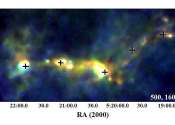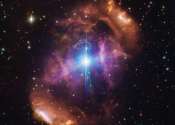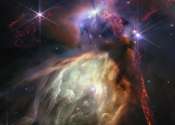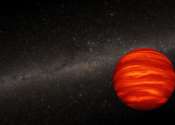Researchers investigate three star-forming regions, identify hundreds young stellar objects
Using data from various space telescopes and astronomical surveys, Armenian researchers have investigated three star-forming regions. The study identified hundreds of young stellar objects and provided important information ...









